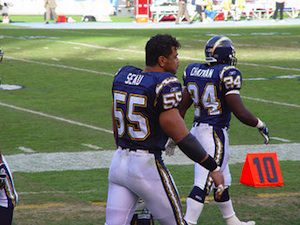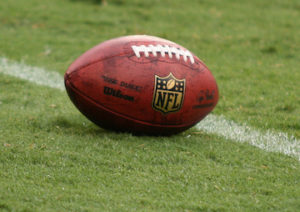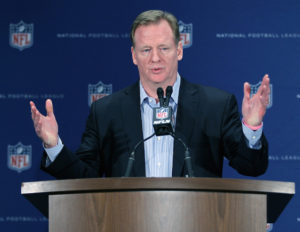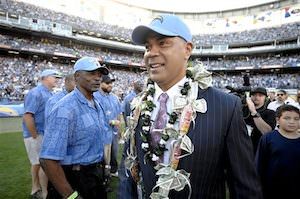Junior Seau Death Latest in String of NFL Suicides
Junior Seau is the latest ex-NFL player to commit suicide, leaving some to question whether these cases may be related to brain injuries the men suffered during their playing careers.
Junior Seau on Wednesday became the latest ex-NFL player to commit suicide, leaving some to question whether these cases may be related to brain injuries the men suffered during their playing careers.
“As both a football fan and a researcher in this area, the news comes with great sadness first of all for such a great player. But I think we have to add him to the list of those that we worry about who could have effects of chronic, repetitive brain trauma,” said Julian Bailes, chairman of the Department of Neurosurgery at the NorthShore University HealthSystem in Chicago and a longtime researcher of brain damage stemming from concussions. He added: “We don’t have any strong evidence (yet about Seau), and we know that people commit suicide for other reasons. But to me it’s also concerning due to the fact that he had such a long playing history.”
Ray Easterling, who played for the Atlanta Falcons in the 1970s, died last month of a self-inflicted gunshot. Former Chicago Bears safety Dave Duerson killed himself last year. Seau was 43.
USA Today:
Bailes, formerly affiliated with West Virginia University, works in conjunction with neuropathologist Bennet Omalu. In the past decade they have identified brain damage – Chronic Traumatic Encephalopathy (CTE) – in the autopsied brains of former NFL players such as Mike Webster, Terry Long and Justin Strzelczyk of the Pittsburgh Steelers, Andre Waters of the Philadelphia Eagles and Chris Henry of the Cincinnati Bengals.
Their findings have been cited in some of the concussion-related lawsuits filed against the league by former players, who allege the NFL knowingly failed to inform players about long-term effects of concussions. According to NFLConcussionLitigation.com, 67 such suits have been filed by more than 1,600 former players.
The New York Times:
Seau is the second retired N.F.L player to commit suicide in the past few weeks. Ray Easterling, a safety for the Atlanta Falcons in the 1970s and a plaintiff in a high-profile lawsuit against the N.F.L. over its handling of concussion-related injuries, died last month of a self-inflicted gunshot wound.
The circumstances of Seau’s death raised comparisons to the former Chicago Bears star Dave Duerson. In February 2011, Duerson shot himself in the chest, saying in a note that he wanted his brain donated to the study of football head injuries.
Though remembered as a hard-hitting, inspirational linebacker, Seau did not have a documented history of concussions. He missed several games in his career with leg and chest injuries.
The issue of player safety was already in the news before Seau’s death, since it happened on the same day that NFL Commissioner Roger Goodell handed out lengthy suspensions to several members of the New Orleans Saints for their involvement in the team’s program to pay players for injuring their opponents. — TEB
Your support matters…Forbes:
Should Seau be found to have had any sort of brain damage linked to football, we may look back on this as a seminal day in the NFL’s history, a day when the commissioner took bold steps in the name of player safety and we were reminded, perhaps, that the game itself is inherently unsafe.
Independent journalism is under threat and overshadowed by heavily funded mainstream media.
You can help level the playing field. Become a member.
Your tax-deductible contribution keeps us digging beneath the headlines to give you thought-provoking, investigative reporting and analysis that unearths what's really happening- without compromise.
Give today to support our courageous, independent journalists.





You need to be a supporter to comment.
There are currently no responses to this article.
Be the first to respond.